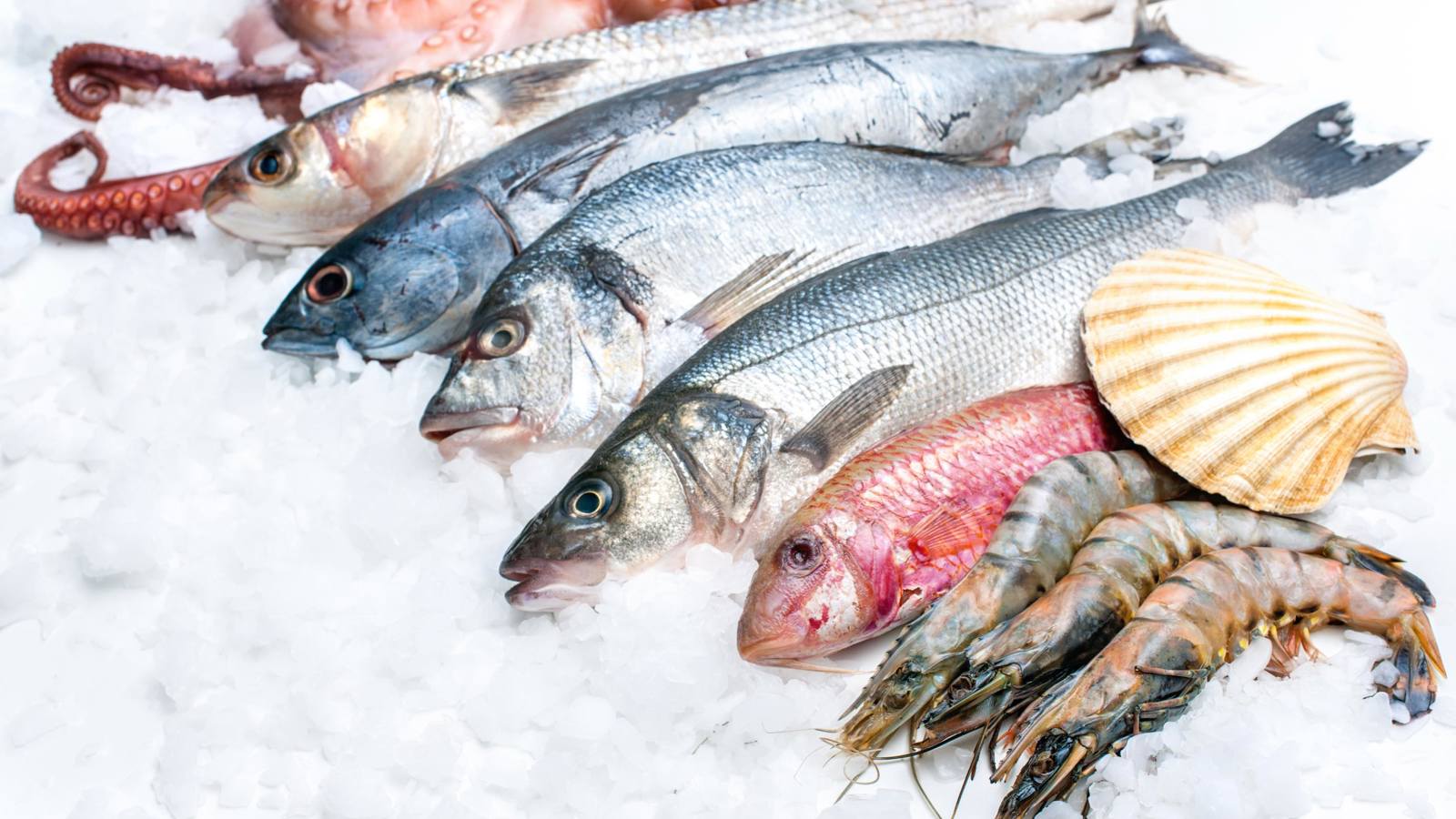
Fish products: The application of texture analysis on the latest developments

What are the new ingredient and product ideas in fish and fish product research, development and production and how can a Texture Analyser be applied?
The seafood and fish product industry has seen a lot of innovation and research in response to growing concerns over sustainability, overfishing, and the need to provide nutritious and diverse options. Here are some of the newer ingredient and product ideas in fish and fish product research, development, and production and a typical academic reference to show how the Texture Analyser has already being applied:
- Alternative seafood proteins: Similar to the meat industry's move toward alternative proteins, there are plant-based fish products being developed. Companies are using ingredients like soy, peas, and konjac to mimic the texture and flavour of fish.
Example: Improving the texture and rheological qualities of a plant-based fishball analogue by using konjac glucomannan to enhance crosslinks with soy protein - Cell-based seafood: Lab-grown or cell-based seafood is in development. It's produced by cultivating fish cells in a lab setting, resulting in seafood that doesn’t require large-scale fishing.
Example: Fabrication of novel shark collagen-pectin scaffolds for tissue engineering - Functional seafood products: Incorporation of added health benefits, such as fortifying fish products with additional omega-3s, vitamins, or Infusing fish products with functional ingredients such as probiotics, prebiotics, or herbs.
Example: Quality characteristics of fortified silver carp surimi with soluble dietary fibre: Effect of apple pectin and konjac glucomannan - Sustainable aquaculture: Research into more sustainable fish farming practices, including multi-trophic aquaculture and land-based recirculating systems.
Example: Feeding green: Spirulina (Arthrospira platensis) induced changes in production performance and quality of salmonid species - Clean label movement: Similar to other food industries, there's a demand for seafood products with simpler ingredient lists and no synthetic additives and the development of freshness indicators.
Example: Intelligent biogenic amine-responsive fluorescent label for visual and real-time monitoring of seafood freshness - 3D printed fish products: 3D-printed food has huge potential as a clean and sustainable alternative method of producing meat that does not require the killing of animals.
Example: Valorization of salmon industry by-products: Evaluation of salmon skin gelatin as a biomaterial suitable for 3D food printing - Value-added products: Ready-to-cook or ready-to-eat seafood products that are marinated, seasoned, or paired with complementary ingredients.
Example: Creating added-value filet product from rainbow trout (Oncorhynchus mykiss) by salting and smoking method: physicochemical and textural attributes - Utilising by-products: Making use of fish skins, bones, and offal to create value-added products, supplements, or as ingredients in other foods.
Example: Utilization of pangas protein isolates and by‐products in fish sausages: Effect on quality attributes and acceptability - Enhanced or natural preservation techniques: Beyond traditional methods like smoking or salting, techniques such as high pressure processing (HPP), modified atmosphere packaging (MAP) or advanced freezing methods are being researched. Compounds like grape seed extract, rosemary extract, or oregano oil to reduce spoilage and microbial growth.
Example: Effect of pulsed electric field treatments on melanosis and quality changes of Pacific white shrimp during refrigerated storage
Using a Texture Analyser in fish and fish product development
The application of the Texture Analyser in fish product research and development (R&D) offers a comprehensive toolkit for enhancing fish product quality. Paramount among its functions is the measurement of fish firmness, a critical quality attribute, particularly for species valued for their firm flesh. The ability to quantify flakiness, assessing the tendency of cooked fish fillets to fragment into flakes, is another significant contribution. For processed fish items like fish balls or surimi, the Texture Analyser's assessment of gel strength becomes a vital texture metric. Understanding the elasticity and cohesiveness of fish products provides insights into springiness and structural integrity, while adhesiveness evaluation proves crucial for products like fish spreads or pâtés.
In the pursuit of maintaining excellence, the Texture Analyser fulfils a pivotal role in quality control by monitoring texture and ensuring consistent product quality across batches. Its application extends to understanding the impact of diverse processing conditions, whether it involves smoking, grilling, frying, or any other method, on the fish's texture, allowing for precise quantification of resulting changes. Additionally, in formulation testing, the Texture Analyser aids in comprehending the implications of adding binders, fillers, or other ingredients to fish products, ultimately shaping the final texture. Comparative analysis finds its place as the Texture Analyser supports the evaluation of alternative seafood products against conventional counterparts, contributing to informed decision-making.
Furthermore, the Texture Analyser contributes to shelf-life studies by enabling the tracking of textural transformations as fish products age, particularly in processed or value-added forms. In the realm of fish product R&D, the Texture Analyser emerges as an indispensable tool, facilitating precise analysis and aiding in the creation of fish products that align with consumer preferences and market demands. Incorporating innovative ingredients, embracing sustainability, and employing tools like Texture Analysers are crucial for the seafood industry to keep pace with consumer demands and maintain high product standards.








